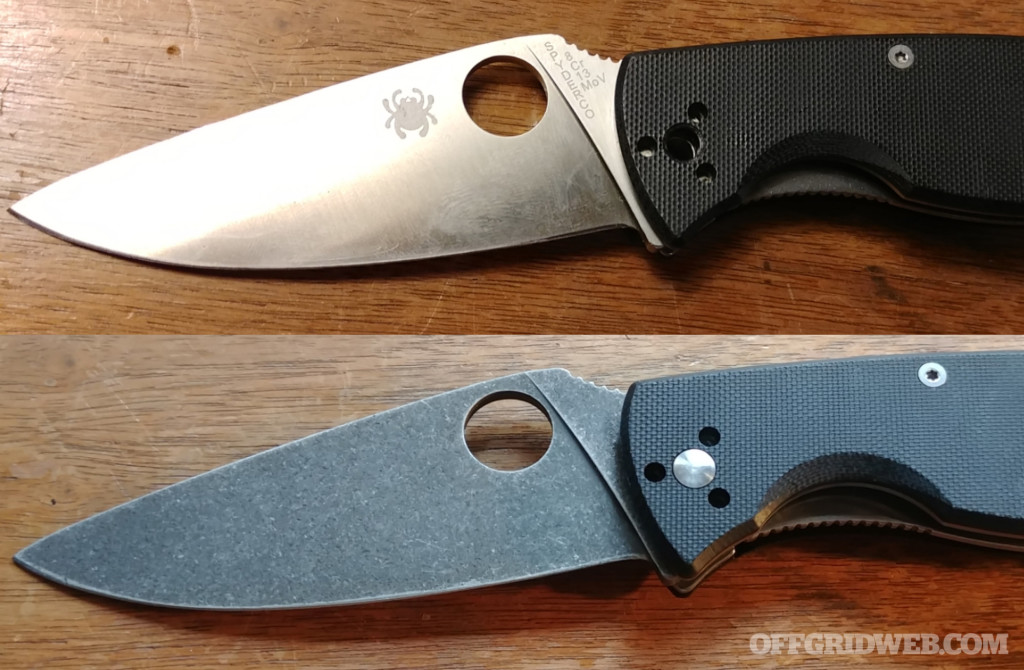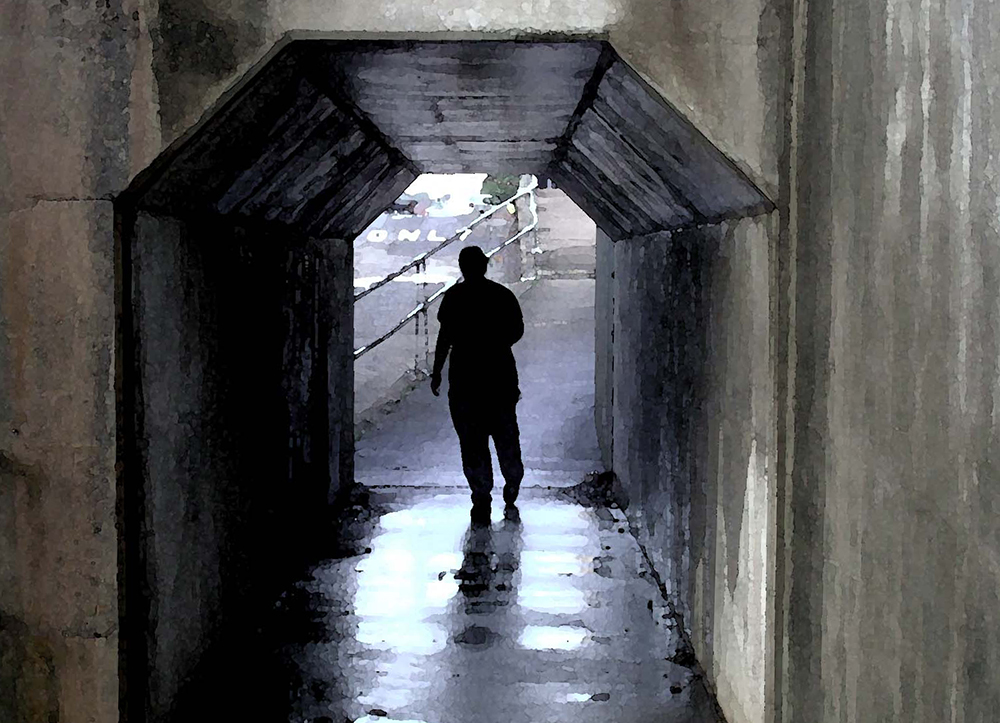The recent return of the “polar vortex” has brought life-threatening temperatures and Day After Tomorrow-style frozen landscapes to cities which rarely see this weather. The fortunate few, through a combination of preparation and or/luck, can curl up on the couch with extra blankets and a small(ish) glass of warming bourbon. But what if you had to not only survive in these conditions, but actually work outside in them and get things done? Regardless of where you call home, you may end up visiting one of these regions at exactly the wrong time. Or you may have to help your snowbound family members.
With that in mind, RECOIL OFFGRID presents the first installment in a series on Cold Weather Operations. It’s based on the U.S. Army’s recently updated Mountain Warfare and Cold Weather Operations Manual, as well as in-person interviews with the U.S. Army Corps of Engineers. The previous Cold Weather Manual was released in 2011, so the new 2016 version incorporates hard-won lessons from the last five years of war in the high-altitude bleakness of Afghanistan and other locales. Don’t wait to learn the hard way—use these tips to learn ahead of time how to deal with icy issues.
Know Thy Enemy: Cold Weather

Photo by Spc. Liliana S. Magers, U.S. Army Alaska Public Affairs
The Army defines five different categories of cold:
- Wet cold, +39° F to +20° F
- Dry cold, +19° F to -4° F
- Intense cold, -5° F to -24° F
- Extreme cold, -25° F to -40° F
- Hazardous cold, -40° F and below
Though it might seem the opposite to those who grew up not having to scrape ice off of the windshield, dry cold is actually easier to handle than wet cold. In wet cold conditions your gear, clothing, and body are constantly damp. Your body’s core temperature will drop faster since wet skin and clothing negates any insulating effects. Simply walking becomes difficult because the ground becomes a muddy slush. However, once the temperature drops to a dry cold, humans and equipment generally work more effectively due to the consistently-frozen state.

Photo by Spc. Liliana S. Magers, U.S. Army Alaska Public Affairs
Intense cold is where the term “mind-numbing” starts to apply. Everything takes longer, not just because of the thicker clothing layers but because your brain instinctively starts to focus on survival and less on attention to detail.
The Army’s definition of extreme cold seems to say it best. “It is easy for individuals to prioritize comfort above all else. Personnel withdraw into themselves and adopt a cocoon-like existence.” Unless you’ve survived in this environment before, it’s likely that whatever plans you thought would work are no longer feasible. Obviously hazardous cold is even worse, and extensive training is required for anyone to operate effectively.
Bugging Out …Or In

U.S. Army National Guard photo by Sgt. Manda Walters
Regardless of why you’re having to operate in extreme cold, one thing will hold true. You’ve either got to get in to help someone or get out to help yourself. Otherwise you would stay inside by the fireplace like a sensible human being.
In a worst-case scenario, roads will be clogged with snow and you’ll have to cover the distance by foot. Once you determine how far you need to travel you can figure out how long you’ll be outside. On foot in the mountains, on an unbroken trail, you’ll need one hour to cover every mile of distance. Add one more hour for every 1,000 feet of ascent or 2,000 feet of descent.
How much gear (extra weight) you’ll take with you is a primary consideration. Only the bare essentials should be carried, although defining “essential” is a dynamic process all its own that depends on the individual and the situation. If you’re anticipating conflict and trying to figure out whether to bring more weapons or more ammunition, bring more ammunition and fewer weapons. Because it sucks to have to throw a gun at someone.

U.S. Marine Corps photo by Cpl. Immanuel Johnson
If you live in an area where inaccessible roads are more than a remote possibility, it might be high-time to bring some beasts of burden to the ranch. Most Americans will think horses when they consider animal transportation. Think about the Marlboro Man, or Brokeback Mountain. Okay, don’t think about Brokeback Mountain. However, despite the fact that they’re beautiful and they’re what your 15-year-old daughter likely wants for her next birthday, horses may not be the best option for transporting you and/or your gear. Instead the real MVP (and the ultimate organic off-road vehicle) is the mule. Yes, the unglamorous, un-sexy, and sterile mule.
Compared to horses, mules are more sure-footed, less prone to injury and less likely to panic (a plus if firearms may be involved). They can carry about 200 pounds and traverse about 20 miles per day. Keep in mind, though, that they’ll eat about 2% of their body weight in feed per day, and even more once the temperature drops below freezing. Those of us without animal expertise (or year-round funding for their food and upkeep) may consider an all-terrain utility vehicle such as the Gator series from John Deere, or a snowmobile with a small trailer or Ahkio sled.
Winter Transportation: Ditch the Prius

Photo by Sgt. 1st Class Adam McQuiston
If you’re lucky enough to be able to use a large vehicle, life is better but care must still be taken. At a minimum ensure that the vehicle is winterized to include things like tire chains, tire chain repair kit, deicer, scraper, non-freeze wiper fluid, and windshield cover to reduce the buildup of ice and frost. If you’ve got a trailer, bring chains for those wheels as well. Since E-brakes can freeze easily, carry chock blocks to set your wheels when parking. In cold and wet conditions, use some scrap like cardboard boxes or tree branches to park on top of so your tires won’t freeze to the ground.
“Combat load” your vehicle, putting the items of lowest priority in first so that high priority items are on top and easy to reach. This includes things like first aid and vehicle recovery/repair equipment — basically the stuff that can keep your vehicle moving and keep you in one piece. If you must stop, try to start the engine regularly, running it for at least 10 minutes every three to four hours. If the temperature is below -25˚F then the engine may need to run continuously.

U.S. Army photo by Staff Sgt. Michael O’Brien
Vehicle selection can become much more important in extreme cold conditions. Using a heated vehicle for shelter is an obvious choice. However, what if your wife convinced you to buy the hybrid last year? Oh that’s right — most hybrid engines will shut off when the vehicle is stopped. You’ll freeze to death, but at least you’ll die knowing that you reduced your carbon footprint.
Despite what Al Gore may think, over-sized vehicles with plenty of interior space start to pay off here. They will have room for not only all the gear you’ll want but also your bulky, Michelin Man-inspired outfit with its three, four, or five layers of insulating clothing. So don’t worry, we’ll just go ahead and pretend that you needed one more excuse to buy that full-size bug-out truck.

Photo by Spc. Liliana S. Magers, U.S. Army Alaska Public Affairs
That’s it for Part 1 of our Cold Weather Survival series. Click here to read Part 2: Weapons, Gear, and Nutrition.
For further reading, you can also check out our past articles on how to survive hypothermia and how to start a fire in cold weather.
About the Author
Andrew Schrader is a licensed professional engineer and is certified by the U.S. Army Corps of Engineers as an Urban Search and Rescue (USAR) Structures Specialist. His company, Recon Response Engineering LLC, advises state and federal government organizations on the subject of urban search and rescue and building collapse. He recently assisted the U.S. Department of State’s Italian Consulate in the development of their post-earthquake response and rescue protocol. You can follow him on Instagram at @reconresponse.





















































